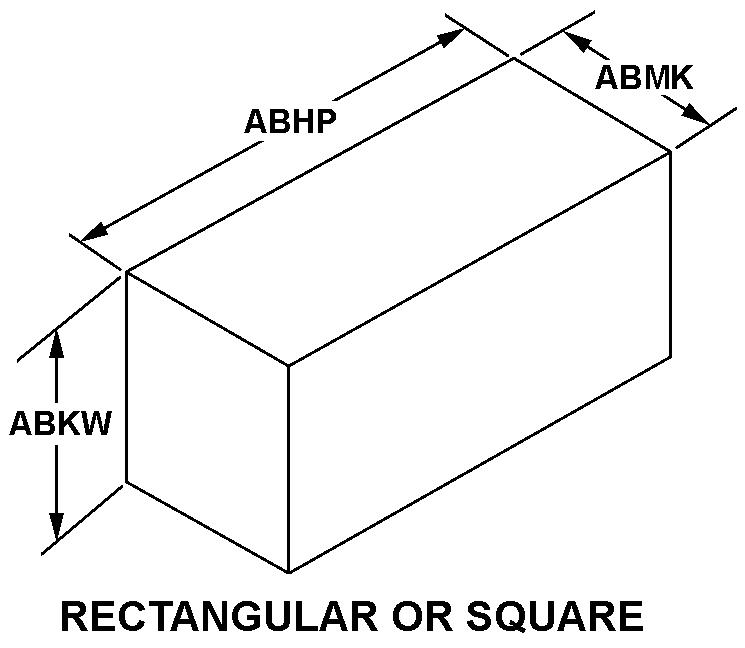5955014625546
Price Quote Get an up to date pricing and availability quote for this product. Order online or over the phone.
Quality Commitment
Serving our customers with quality and safety first.
- AS9120 Certified
- Audited supply chain
- ITAR Registered
- DDTC Registered
- HAZMAT Certified
- Customer service objectives
- Every product 100% inspected

5955-01-462-5546 Specification Set by the OEM (see RNCC code 3)
0.504in. ⁓33/64"
0.163in.
0.341in.
not rated
KOK-22A
rectangular or square
encased
module
solid state
29.4 megahertz output channel
surface mount, extended temperature range stability; operating frequency is 29.4912 mhz
Cross Reference Parts Part numbers that meet the specification outlined on this page and set by the OEM
Identification Item Identification Guide (IIG) and Item Name Code (INC)

Definition Definition of approved item name (AIN): "OSCILLATOR,NONCRYSTAL CONTROLLED"
An oscillator whose operating frequency(ies) is controlled by an electronic device other than a crystal unit, quartz. For an oscillator controlled by a crystal, see oscillator (1), crystal controlled. See also generator, signal; and calibrator, frequency. Excludes frequency supply, telephone carrier; resonator, tuning fork; and oscillator, pulse delay.
Packaging & Dimensions Packaging instructions, special markings, and approx. weight/dims
Packing shall be accomplished using cleated plywood wood boxes conforming to astm-d6251, type iii, class 2 or nailed wood boxes conforming to astm-d6880, class 2, heavy duty, or covered wood crates conforming to astm-d6039, type v, style b, or lumber and plywood sheathed wood crates conforming to mil-c-104, or load-bearing base skidded wood-cleated boxes conforming to astm-d6256, type ii (overseas), or steel or aluminum slotted angle crates conforming to mil-c-9897. Type i, or open wood crates conforming to mil-c-3774.
Packing shall be accomplished using boxes fabricated in accordance with astm-d5118, class weather-resistant.
Options can be exercised as to specific method of preservation or dod approved packaging materials to be used. however, basic preservation method shall be retained, supplemental data shall be complied with, and unit package dimensions shall not be increased by more than one inch. equal or better protection shall be given the item and there shall be no increase in the package cost.
No special marking.
Packaging Codes
OPI: Optional Procedure Indicator Code. A one position alpha code that indicates the allowable deviations from the prescribed requirements.
SPI No.: Special packaging instructions number.
LVL A/B/C: Indicates the type of shipping container required for level A, B, or C maximum packing protection.
SPC Mkg: A two position code that identifies the special markings applied to the container, which is part of the total pack to protect the contained item during preservation, packing, storage, transit and removal from the pack.
5955-01-462-5546 Material Hazmat, Precious Metals, Criticality, Enviroment, and ESD
Indicates there is no data in the hmirs and the nsn is in a fsc not generally suspected of containing hazardous materials.
Item does not contain precious metal.
No known electrostatic discharge (esd) or electromagnetic interference (emi) sensitivity.
Represents items with no adp components
The item does not have a nuclear hardened feature or any other critical feature such as tolerance, fit restriction or application.
Identification Codes
HMIC: Hazardous Material Indicator Code. A one position code that identifies a hazardous item.
PMIC: Precious Metal Indicator Code. A one position code which identifies items that have precious metals as part of their content. precious metals are those metals generally considered to be uncommon, highly valuable, and relatively superior in certain properties such as resistance to corrosion and electrical conductivity.
ESD: Electrostatic Discharge. Indicates if an item is susceptible to electrostatic discharge or electromagnetic interference damage. electrostatic discharge damage occurs when an accumulation of static electricity generated by the relative motion or separation of materials is released to another item by direct contact. electromagnetic interference damage occurs when an item comes into proximity with an electrostatic or magnetic field.
ENAC: Enviromental Attribute Code. Identifies items with environmentally preferred characteristics.
CRITL: Criticality Indicator Code. Indicates an item is technically critical by tolerance, fit, application, nuclear hardness properties, or other characteristics.






